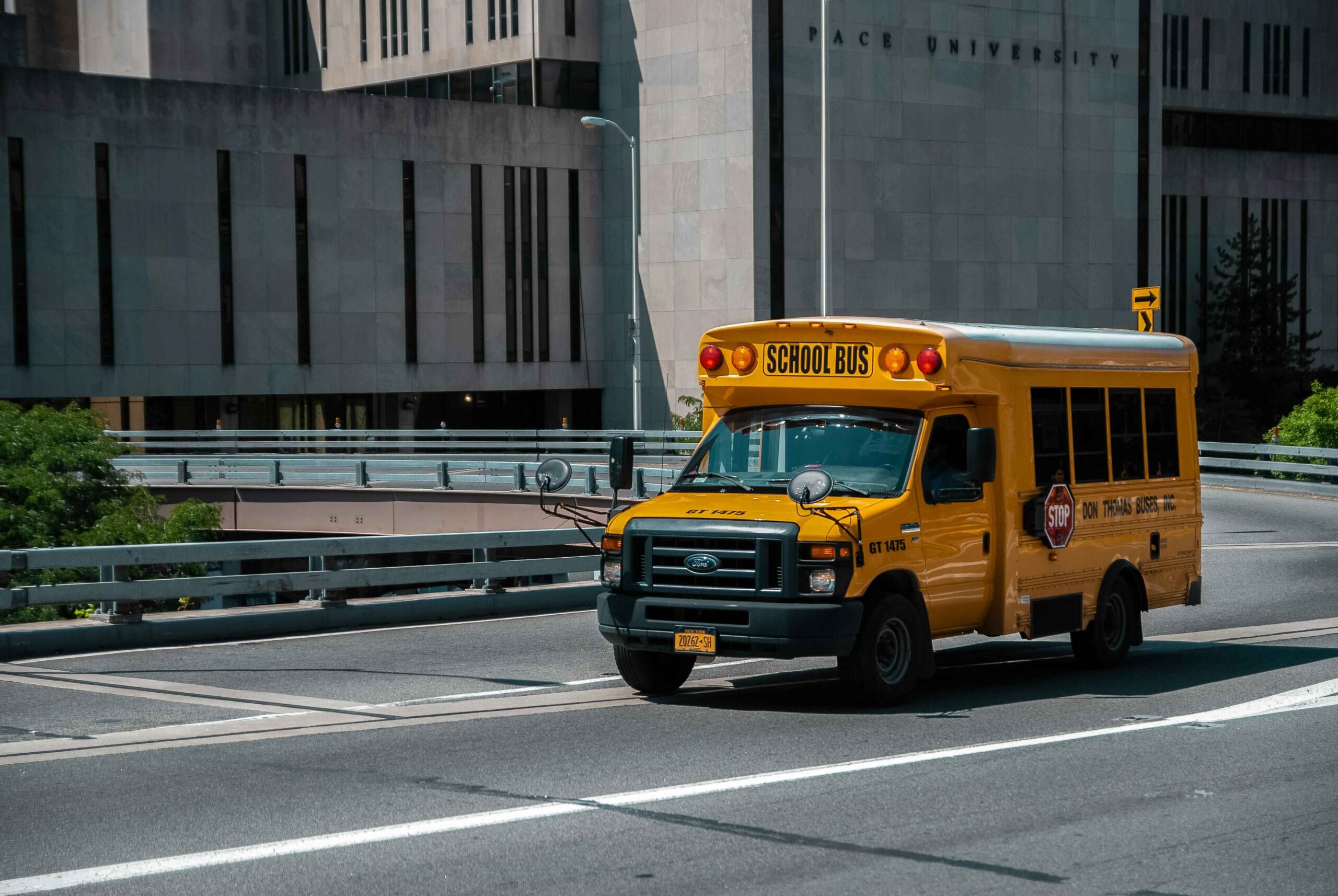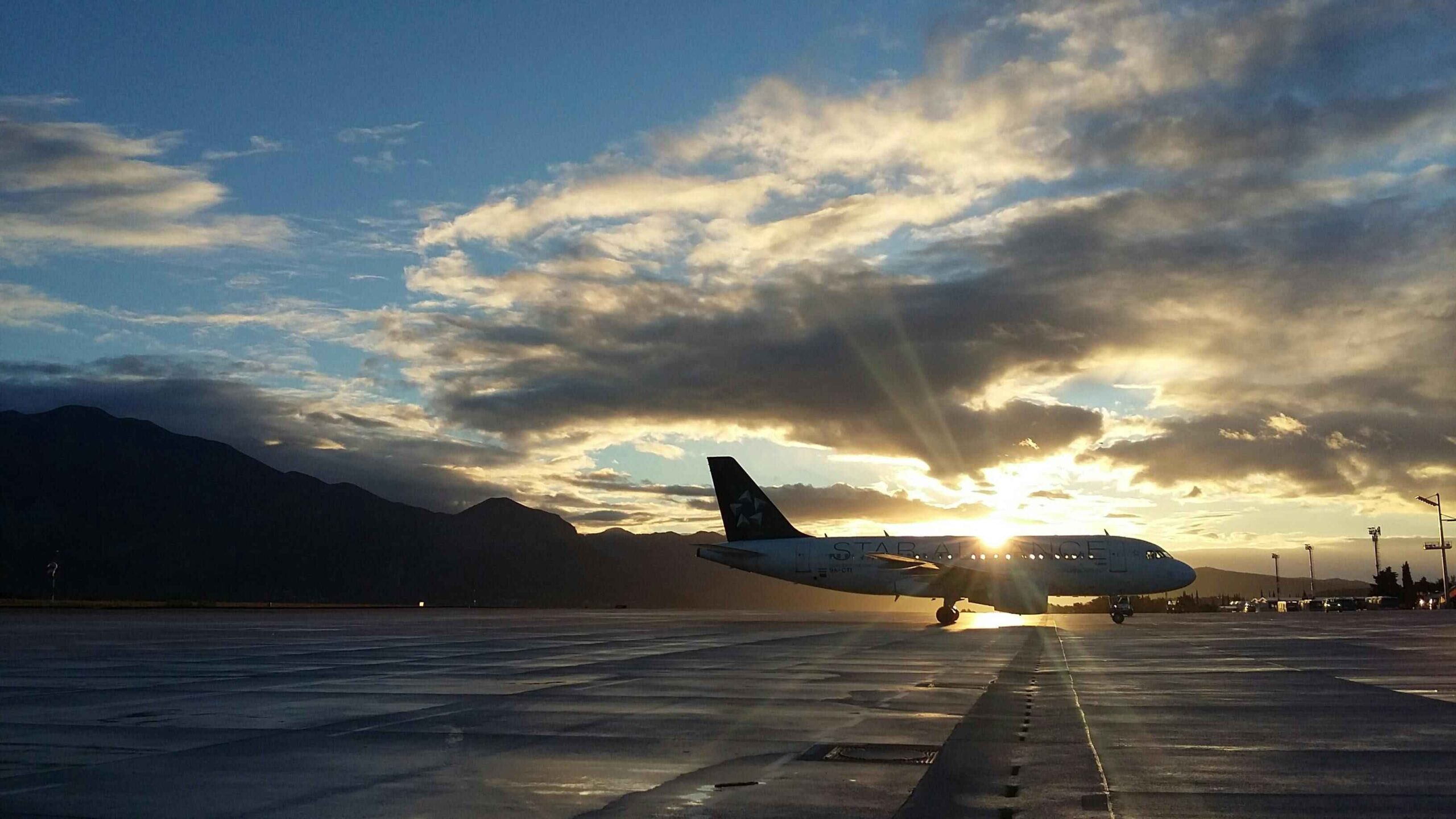
How Much Does It Cost to Get More Bus Drivers?
How Much Does It Cost to Get More Bus Drivers? Public transportation emerged as a vital city element as the world faces urbanization problems alongside transportation congestion and environmental challenges. Reliable and efficient public transportation systems are becoming increasingly important to the expanding public market. The successful delivery of effective public transportation depends heavily on driver staffing levels being adequate for all routes. What does it cost to hire additional bus drivers?
Introduction
To employ additional bus drivers requires investment consideration in multiple areas which combines recruitment expenses and training costs and salary payments and employee benefits with required equipment. We will examine the complete budget breakdown for additional drivers while illuminating the advantages of raising the bus driver workforce.
Recruitment Costs
The process of recruiting new bus drivers involves several expenses, including:
Advertising: Companies should budget between 50,000 to 200,000 Vietnamese Dong for monthly job advertising spending through social networks and job websites and newspapers.
Application processing: Businesses spend between 25 and 100 (approximately 5,000 and 20,000) for each applicant during their job application process including background checks and medical screeners.
Interviews and assessments: Companies spend between 10,000 to 50,000 (which equates to 50 to 250 internationally) for each personal assessment and interview process with their job candidates.

Training Costs
New bus drivers must undertake complete training before they can drive safely and effectively. The costs associated with training include:
Classroom training: Students learn about road safety and bus operations alongside customer service principles in classroom sessions at a cost that ranges from 20,000 to 50,000 ($100 to $250) per candidate.
On-the-job training: The cost for pairing trainee drivers with seasoned operators for practical training runs from 10,000 to 20,000 but translates to a range of 50 to 100 based on local currency conversion.
Simulation training: A controlled bus training environment utilizing simulator technology costs trainees between 50,000 to 100,000 (250 to 500).
Salaries and Benefits
Budget for new bus drivers mostly relies on their salary costs along with benefit payments. Bus drivers typically earn between 200 and 300 each month with regular pay checks averaging 40,000 to 60,000. Additionally, employers must provide benefits such as:
Health insurance: Employers pay between 25 and 50 monetary units each month toward health insurance coverage for each driver who operates a city bus.

Retirement benefits: Every month each driver requires between 2,000 and 5,000 Thai Baht for retirement fund contributions (the equivalent of 10 to 25 US dollars).
Equipment and Maintenance Costs
Finally, hiring more bus drivers requires investing in additional equipment and maintenance costs, including:
Buses: Each new bus purchase ranges from 5,000,000 to 10,000,000 (amounting to 25,000 to 50,000) in costs.
Fuel and maintenance: The monthly expense for fuel and maintenance of new buses falls between 50,000 to 100,000 (approximately 250 to 500) for each vehicle.
Conclusion
Any public transportation company must dedicate major resources to increase their bus driver workforce. The expenses related to driver recruitment along with training and salary pay with added benefits and necessary equipment costs significant money. The extensive advantages of employing additional safety it takes precedence over the financial expenses associated with building this workforce. With more drivers, public transportation organizations can:

Increase frequency and reliability: A higher number of drivers allows public transportation companies to dispatch additional buses which produces shorter waiting times and higher service dependability.
Improve customer satisfaction: Trusted bus drivers that possess experience provide exceptional customer treatment which results in pleased customers who maintain service loyalty.
Reduce traffic congestion: When passengers find public transportation service fast and dependable they decide to take buses which decreases roadway traffic congestion through reduced private auto use. You can contact us here.
The high initial expense for additional bus drivers remains a crucial investment for public transport operators who want to maintain superior service levels among their customers. Organizations should evaluate multiple expense factors against advantages to determine resource allocation patterns which will improve service delivery.

